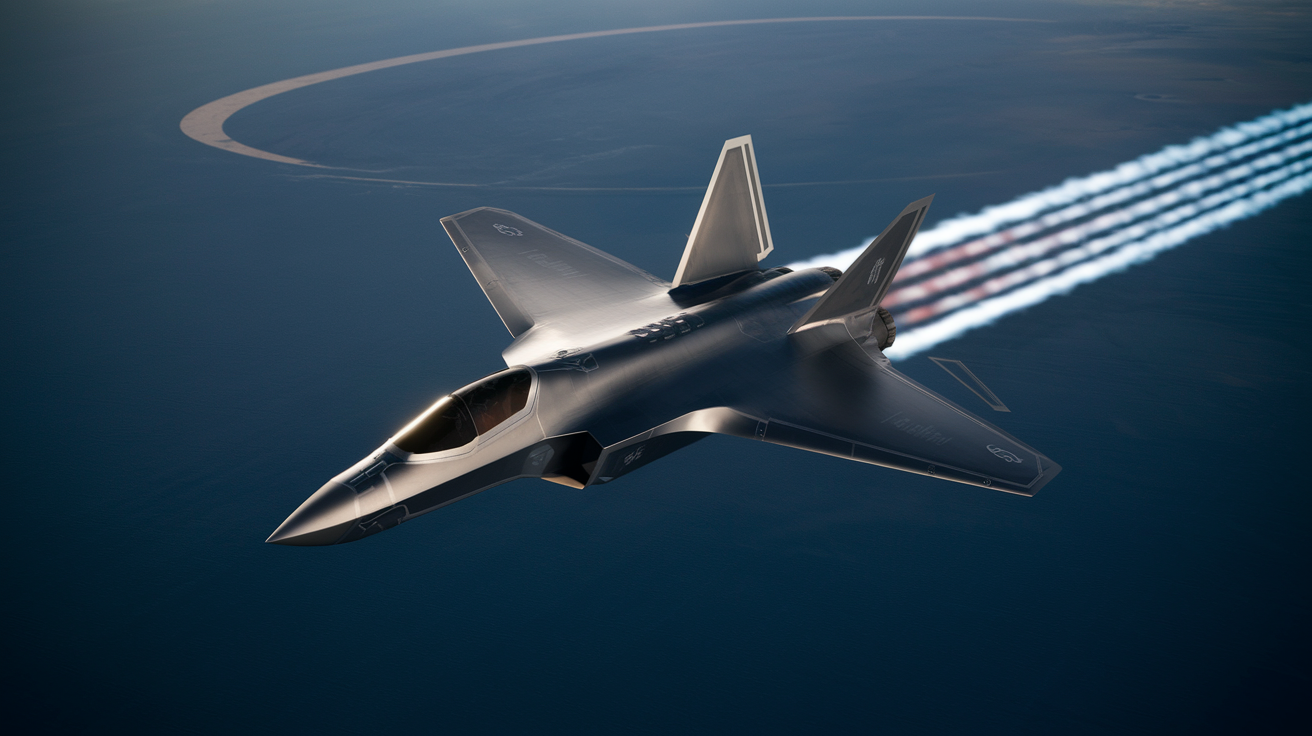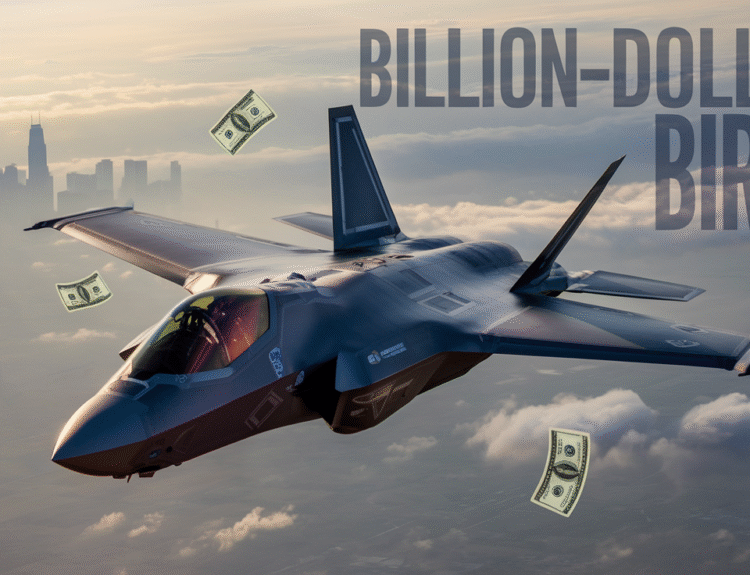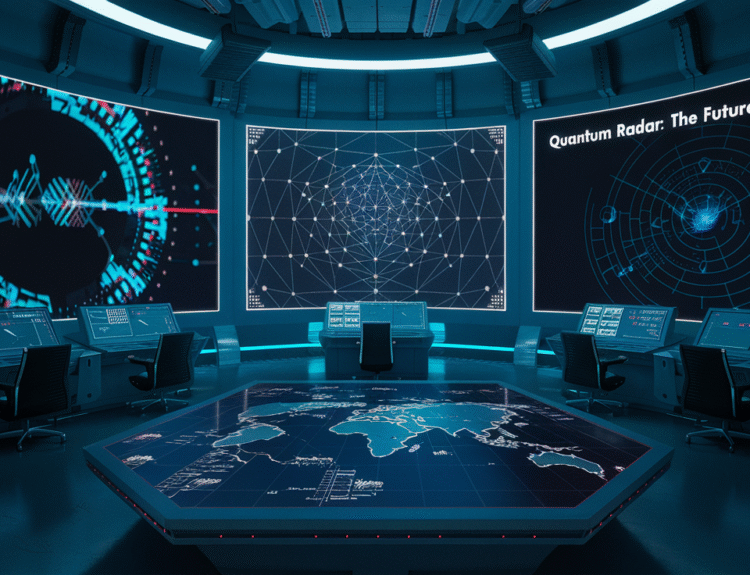🚀 Imagine a world where fighter jets slice through the sky at mind-boggling speeds, covering vast distances in mere minutes. This isn’t science fiction—it’s the dawn of hypersonic flight. As nations race to break the Mach 5 barrier, the aerospace industry stands on the brink of a revolution that could redefine modern warfare.But what exactly makes these hypersonic fighter jets so game-changing?
Understanding Hypersonic Flight
A. Definition of Mach 5 and beyond
Hypersonic flight refers to speeds exceeding Mach 5, or five times the speed of sound. This translates to roughly 3,836 mph (6,174 km/h) at sea level. At these velocities, aircraft encounter unique challenges:
- Extreme heat generation
- Aerodynamic instability
- Propulsion difficulties
| Speed Range | Mach Number |
|---|---|
| Subsonic | < Mach 1 |
| Transonic | Mach 0.8-1.2 |
| Supersonic | Mach 1-5 |
| Hypersonic | > Mach 5 |
The Technology Behind Hypersonic Fighter Jets
Advanced propulsion systems
Hypersonic fighter jets rely on cutting-edge propulsion systems to achieve incredible speeds:
- Scramjets: Supersonic combustion ramjets
- Dual-mode ramjets: Operate in both subsonic and supersonic modes
- Turbine-based combined cycle engines: Integrate multiple engine types
| Engine Type | Speed Range | Key Advantage |
|---|---|---|
| Scramjet | Mach 5+ | Efficiency at hypersonic speeds |
| Dual-mode | Mach 0-5 | Versatility across speed ranges |
| TBCC | Mach 0-5+ | Combines turbine and ramjet technologies |
Strategic Advantages of Hypersonic Fighters
Rapid global strike capability
Hypersonic fighters offer unparalleled strategic advantages:
- Global reach within hours
- Minimal reaction time for adversaries
- Precision strike capabilities
| Capability | Conventional Fighters | Hypersonic Fighters |
|---|---|---|
| Speed | Mach 1-2 | Mach 5+ |
| Range | Limited | Global |
| Response | Hours to days | Minutes to hours |
This game-changing speed and range revolutionize military operations, enabling swift responses to global threats and enhancing deterrence capabilities.
Current Hypersonic Fighter Jet Programs

A. United States’ initiatives
The U.S. is leading hypersonic fighter development with programs like:
- X-51 Waverider
- Lockheed Martin SR-72
- Boeing X-51A
| Program | Speed | Status |
|---|---|---|
| X-51 Waverider | Mach 5+ | Successful tests |
| SR-72 | Mach 6 | In development |
| X-51A | Mach 5.1 | Completed flight tests |
These initiatives aim to maintain air superiority and strategic advantage in future conflicts.
Challenges in Hypersonic Fighter Development
A. Extreme heat management
Hypersonic flight generates extreme temperatures, posing significant challenges:
- Surface temperatures: 2,000°C+
- Material degradation
- Structural integrity issues
| Challenge | Solution |
|---|---|
| Heat buildup | Advanced thermal protection systems |
| Sensor malfunction | Heat-resistant electronics |
| Fuel instability | Cryogenic cooling systems |
Innovative materials and cooling technologies are crucial for overcoming these heat-related obstacles in hypersonic fighter development.






